Overflowing tanks can wreak havoc on your property, causing water damage, structural issues, and potential health risks. As a homeowner in Australia, it’s crucial to be proactive in detecting and fixing overflowing tanks before they escalate into major problems. In this article, we will explore common causes of tank overflow, signs to watch out for, and essential steps to rectify the issue. By collaborating with a professional plumber, you can safeguard your property and prevent costly damage.
Contents
- Understanding the Causes of Tank Overflow
- Recognizing the Signs of Tank Overflow
- Steps to Detect Overflowing Tanks
- Fixing Overflowing Tanks
- The benefits of early detection and proactive measures to address overflowing tanks.
- Pros of Detecting and Fixing Overflowing Tanks:
- Cons of Detecting and Fixing Overflowing Tanks:
Understanding the Causes of Tank Overflow
Before delving into the detection and fixing process, it’s important to understand the root causes of tank overflow. Some common factors include:
- Faulty Float Valve: The float valve controls the water level in the tank. If it malfunctions or gets stuck, the tank may overflow.
- High Water Pressure: Excessive water pressure can overwhelm the tank’s capacity, leading to overflow.
- Blockages or Obstructions: Obstructions in the tank’s outlet pipe or drainage system can impede water flow, causing overflow.
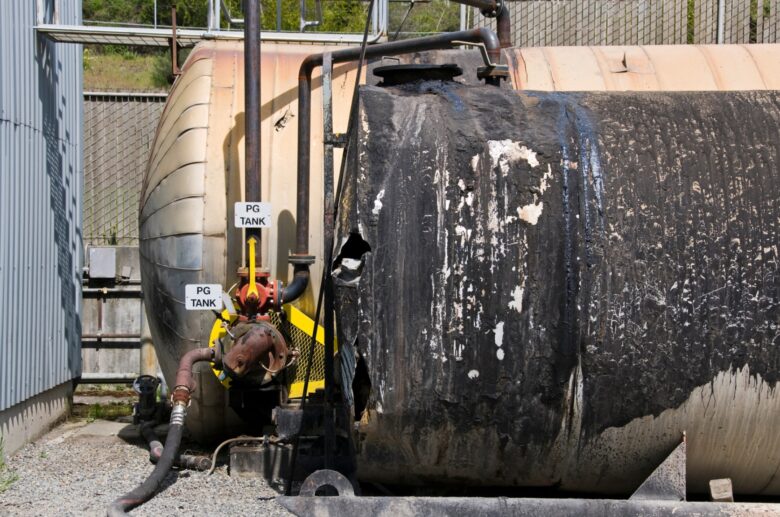
Source: canva.com
Recognizing the Signs of Tank Overflow
Detecting the early warning signs of tank overflow can help you intervene before the situation escalates. Look out for the following indicators:
- Water Spillage: Notice any water pooling around the tank or signs of moisture on the surrounding walls or floor.
- Unusual Tank Behavior: Tanks that fill up faster than usual or fail to shut off automatically may be experiencing overflow issues.
- Increased Water Bills: A sudden surge in your water bills without any explanation could indicate a hidden overflow problem.
Steps to Detect Overflowing Tanks
To confirm your suspicions of an overflowing tank, follow these steps:
- Visual Inspection: Examine the tank for any visible signs of leakage, damage, or malfunctioning parts.
- Check Water Level: Observe the water level in the tank and compare it to the recommended level specified by the manufacturer.
- Conduct a Flow Test: Turn on taps and fixtures connected to the tank and observe if the water flow matches the intended pressure and volume.
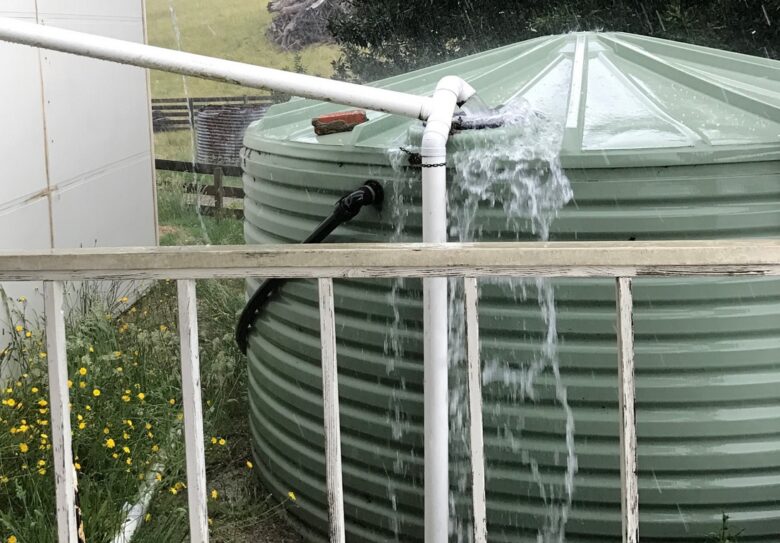
Source: canva.com
Fixing Overflowing Tanks
Once you’ve determined that your tank is indeed overflowing, it’s time to take corrective measures. Here’s a step-by-step guide to fixing the issue:
- Turn off Water Supply: Locate the main water shut-off valve and turn it off to prevent further overflow.
- Inspect and Clean Float Valve: Check the float valve for any debris, sediment, or damage. Clean or replace the valve if necessary.
- Adjust Water Pressure: If high water pressure is the culprit, consider installing a pressure-reducing valve to regulate water flow.
- Clear Blockages: Remove any obstructions in the tank’s outlet pipe or drainage system that may be causing overflow.
- Seek Professional Assistance: For complex or persistent overflow problems, it’s advisable to consult Service Today Plumber. They have the expertise and specialized tools to resolve the issue effectively.
The benefits of early detection and proactive measures to address overflowing tanks.
Prevention of Water Damage:
Overflowing tanks can result in extensive water damage to walls, floors, ceilings, and belongings within the affected area. By detecting and fixing the issue promptly, you can prevent water from spreading, mitigating the potential for structural damage and mold growth. Timely action saves you from costly repairs and the hassle of dealing with water-related issues.
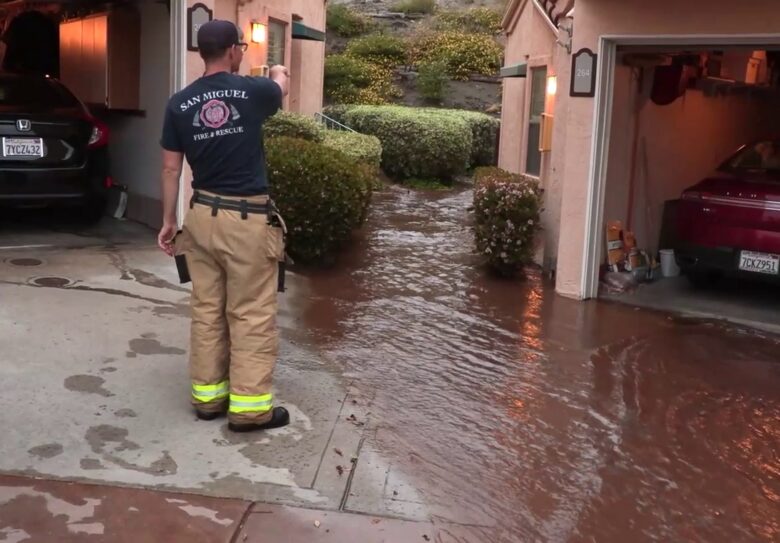
Source: fox5sandiego.com
Protection Against Health Hazards:
Stagnant water caused by overflowing tanks creates a breeding ground for bacteria, mold, and other harmful microorganisms. These can lead to respiratory problems, allergies, and other health issues for the occupants of the property. By addressing overflowing tanks early on, you minimize the risk of exposure to these health hazards, ensuring a safe and healthy environment.
Cost Savings:
Repairing water damage resulting from overflowing tanks can be a costly affair. It often involves not only fixing the tank itself but also repairing damaged structures, replacing ruined belongings, and addressing any secondary issues like mold remediation. By detecting and addressing the problem early, you can potentially avoid these expenses and save on extensive repairs.
Conservation of Resources:
Overflowing tanks waste precious resources, such as water and energy. Detecting and fixing the issue promptly helps in conserving these resources. By ensuring the tanks operate efficiently, you reduce unnecessary water usage and lower utility costs, contributing to a more sustainable and eco-friendly approach.

Source: waterdamageadvisor.com
Peace of Mind:
Knowing that your tanks are in good working condition and that potential overflow risks have been addressed provides peace of mind. It allows you to focus on other aspects of property management or daily activities without worrying about unexpected water damage or related issues. Regular maintenance and early detection bring reassurance and confidence in the reliability of your plumbing systems.
Pros of Detecting and Fixing Overflowing Tanks:
Prevent Costly Damage:
One of the most significant advantages of early detection is the prevention of costly damage. By addressing overflowing tanks before they cause major damage, you can save on expensive repairs, such as fixing water-damaged structures, replacing belongings, and dealing with mold remediation. Taking swift action can help you avoid financial burdens associated with extensive repairs.
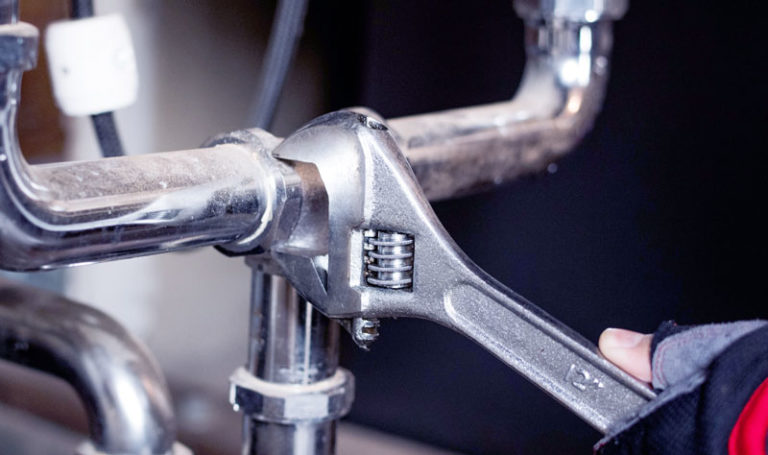
Source: pinterest.com
Maintain Property Value:
Detecting and fixing overflowing tanks promptly helps to maintain the value of your property. Water damage caused by overflowing tanks can lead to structural issues and compromise the integrity of the building. By addressing the problem early on, you can preserve the value and aesthetics of your property, ensuring its long-term worth.
Promote Safety and Health:
Overflowing tanks can create safety hazards and health risks. Water damage can lead to slippery surfaces, electrical hazards, and the growth of mold and mildew. By detecting and fixing overflowing tanks, you can promote a safe and healthy living or working environment for occupants, reducing the risk of accidents and health-related issues.
Conserve Resources:
Proactive measures to detect and fix overflowing tanks contribute to resource conservation. Water wastage caused by overflowing tanks is not only costly but also environmentally unsustainable. By addressing the issue promptly, you can conserve water resources and reduce your ecological footprint.
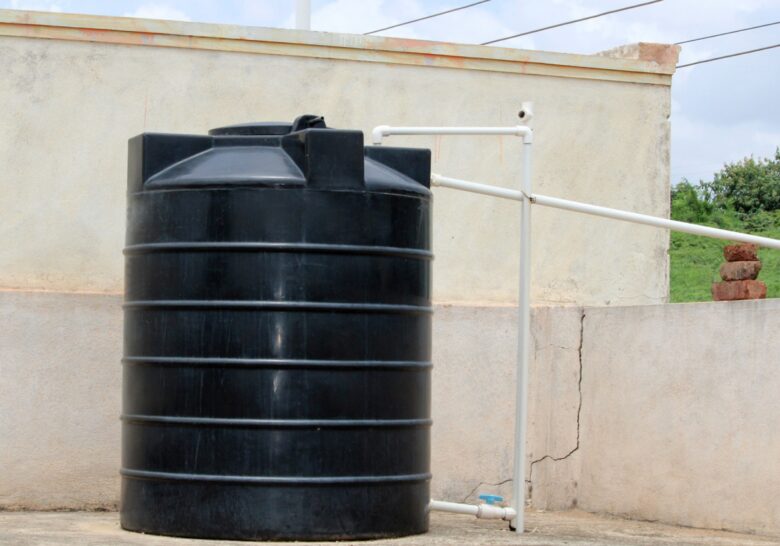
Source: canva.com
Cons of Detecting and Fixing Overflowing Tanks:
Maintenance Costs:
Regular maintenance and early detection of overflowing tanks require investment in terms of time and money. Engaging professionals or allocating staff resources for inspections and repairs may add to your maintenance budget. However, considering the potential costs of major damage, these preventive measures are often more cost-effective in the long run.
Disruption to Routine:
Addressing overflowing tanks may cause temporary disruptions to your daily routine. Depending on the extent of the repairs or maintenance required, you may need to temporarily shut off water supply or adjust usage patterns. While these inconveniences are short-term, they are necessary to ensure the long-term integrity of your plumbing system.
False Alarms:
In some cases, detecting overflowing tanks may result in false alarms or unnecessary repairs. Factors like fluctuating water levels or faulty sensors can trigger alerts, leading to unnecessary expenses. It is essential to consider the reliability of your detection systems and verify the issue before initiating repairs to avoid unnecessary costs.

Source: elscolab.com
Conclusion
Detecting and fixing overflowing tanks is essential to avoid major damage and costly repairs. As a vigilant homeowner in Australia, understanding the causes, recognizing the signs, and taking proactive measures can save you from the stress and expenses associated with tank overflow. Remember to collaborate with a reliable plumber to ensure the proper diagnosis and resolution of any overflow issues. By addressing these problems promptly, you can protect your property and maintain a functional plumbing system.
